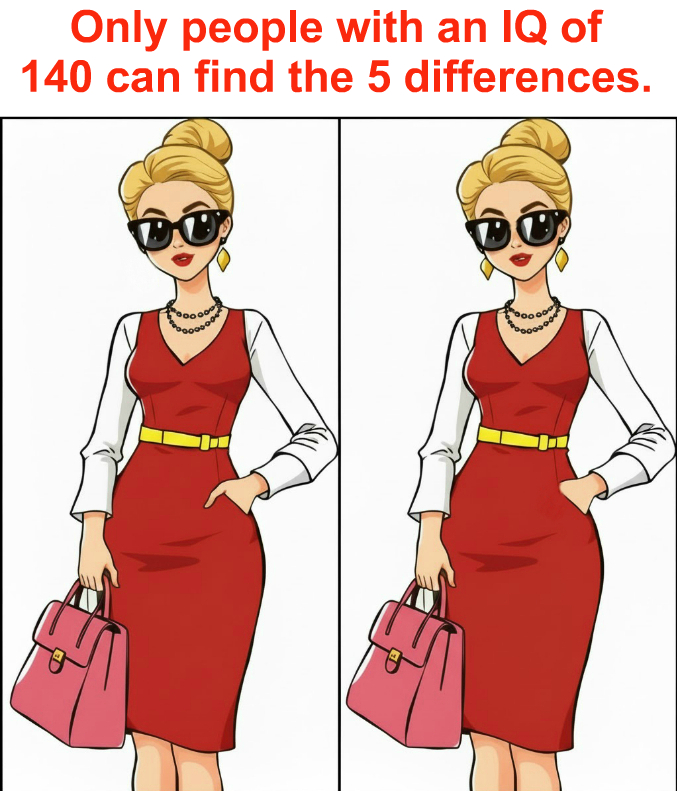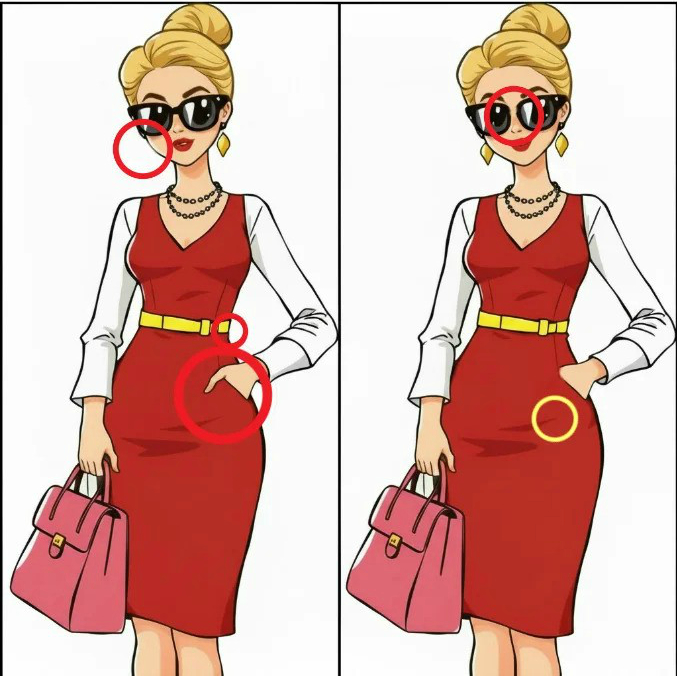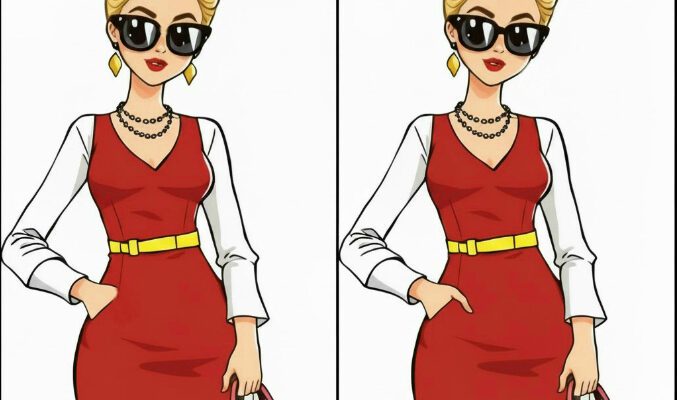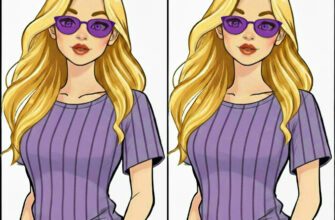🎨 Color Harmony in Fashion:
How to Choose the Right Clothing Colors to Reflect Your Energy and Enhance Your Style 💫
Colors are much more than a matter of taste: they are a visual and emotional language.
Every shade we wear influences our image, our mood, and even how others perceive us.
Choosing the right clothing colors means finding the balance between expressing your personality and harmonizing with your body and environment.
Here are 10 essential principles for learning to choose, combine, and experience colors as a true form of personal art.
1️⃣ Understand that color is an emotion 🌈
Before being aesthetic, color is a vibration.
It directly affects our mood, our confidence, and our energy.
Bright tones stimulate, soft tones soothe, neutral tones balance.
💡 Wearing a color means choosing the energy you want to exude.
If you want to energize your day, opt for red or coral.
For a calming atmosphere, choose light blue or beige.
Each shade sends a subtle message to your mind—and to those around you.
2️⃣ Identify your skin undertone 🩰
The key to a harmonious palette starts with knowing your skin undertone:
If your skin has golden, peachy, or honey undertones, you have a warm undertone.
If it leans toward pink, pinkish beige, or ivory, it has a cool undertone.
If you’re unsure between the two, your undertone is neutral.
👚 Warm colors (terracotta, ochre, mustard, coral) flatter golden skin tones.
👕 Cool colors (navy blue, lilac, emerald) enhance pink skin tones.
💎 Neutrals (taupe, pearl gray, ivory) suit everyone.
Knowing your undertone helps you avoid fashion faux pas and reveal your skin’s natural radiance.
3️⃣ The three essential color families 👗
To create balanced outfits, remember three main color families:
Neutral colors: white, black, gray, beige, camel — the foundation of your wardrobe.
Main colors: blue, red, green, yellow — the pillars of the palette.
Accent colors: gold, copper, powder pink, burgundy—to assert your style.
The trick is to mix a neutral color with a bright or deep shade to avoid excessive contrasts while maintaining character.
4️⃣ The color wheel: your best ally 🎨
The color wheel helps you understand which colors work together.
Three types of combinations work particularly well:
Complementary colors (opposite on the wheel): blue and orange, red and green, purple and yellow.
👉 Dynamic contrast, ideal for a bold look.
Analogous colors (side by side): blue, turquoise, green.
👉 Soft harmony, perfect for a natural style.
Monochromes: several shades of the same color.
👉 Subtle elegance, refined visual effect.
🧭 Learn to play with the color wheel like a painter plays with their palette.
5️⃣ The psychological influence of colors 🧠
Each color evokes a specific emotion:
🔴 Red: energy, passion, confidence.
🟠 Orange: creativity, warmth, conviviality.
🟡 Yellow: optimism, clarity, dynamism.
🟢 Green: balance, serenity, hope.
🔵 Blue: calm, stability, reflection.
🟣 Purple: spirituality, imagination, depth.
⚫ Black: authority, mystery, elegance.
⚪ White: purity, simplicity, light.
🩶 Gray: neutrality, modernity, balance.
💭 Getting dressed is choosing the emotion you want to experience.
6️⃣ Adapt colors to the mood of the day 🌤️
Your mood influences your clothing choices—but the reverse is also true.
By choosing a color consciously, you can guide your emotion.
Sad? Add a touch of yellow or pink. Tired? Mint green or sky blue bring a fresh feel.
Stressed? Earthy tones like beige or brown create a sense of grounding.
👗 Clothing can be a form of color therapy.

7️⃣ The Art of the Personal Palette 🎯
Instead of following trends, build your own color palette.
It should reflect your natural energy, your lifestyle, and your personality.
Create a small color chart with:
3 basic neutral colors,
3 bold colors,
2 soft tones for calm moments,
and 1 signature color—the one that defines you.
This palette will become your style compass.
8️⃣ Play with contrasts and textures 🪡
Color alone isn’t everything: the texture of the fabric influences the perception of the shade.
A satin reflects light, a matte cotton absorbs it, and a wool diffuses heat.
For example, the same red can look elegant on silk but cozy on a knit.
Pairing a soft fabric with a bold color creates a balance between power and comfort.
💫 Contrast isn’t just about colors, it’s also about sensations.
9️⃣ Mistakes to avoid 🚫
Too many bright colors in the same outfit: the eye gets lost.
Mixing warm and cool undertones inconsistently.
Ignoring your skin tone and choosing colors that «dull» your face.
Following trends without making them your own.
Forgetting about light: a color changes depending on natural or artificial lighting.
🪞 A beautiful color on a hanger doesn’t necessarily look good on you.

🔟 Color as Self-Expression 🌺
Clothes are our first canvas for expression.
Each color we choose says something about us—sometimes more than words.
Wearing colors that reflect us makes us feel more aligned, more authentic, more alive.
It’s a form of inner language, a way of saying to the world:
«This is who I am today.»
🌷 In Conclusion
Learning to choose and coordinate the colors of your clothes means learning to know yourself.
It means understanding that each shade expresses an emotion, that a wardrobe can become a visual poem, and that elegance is born from the coherence between the interior and exterior.
So, tomorrow morning, when you open your closet, don’t just look for what «goes well together.»
Above all, look for what makes you feel good. Because deep down, the most beautiful color we can wear is the color of happiness. 🌞

➕







